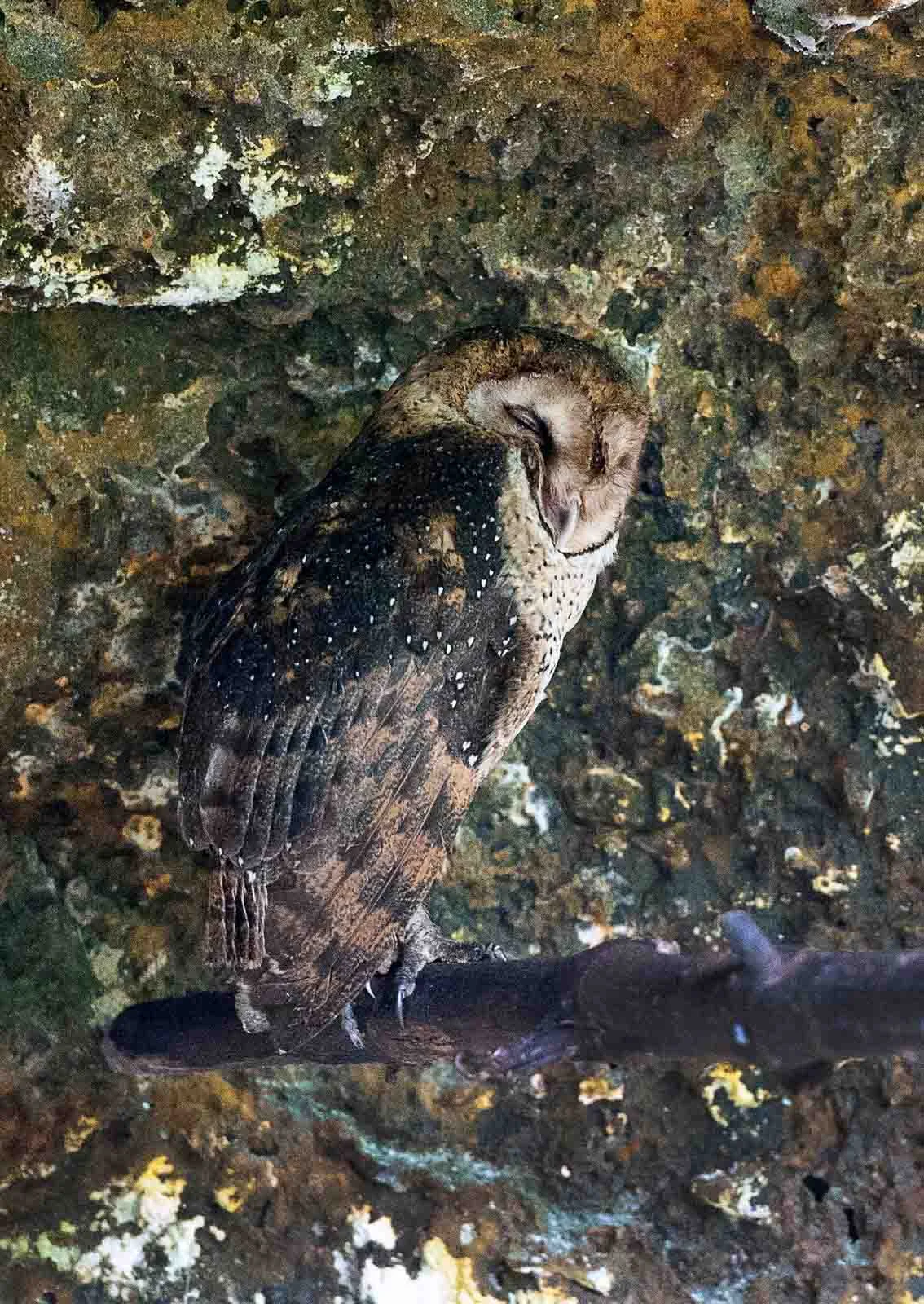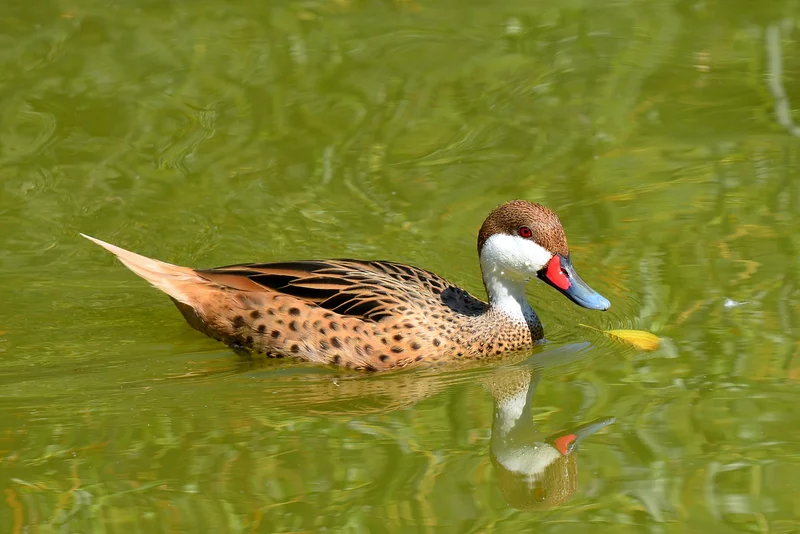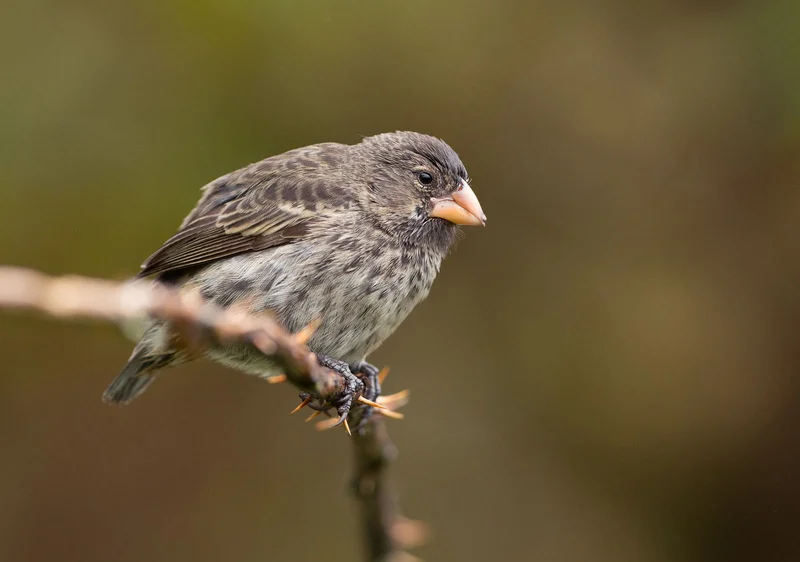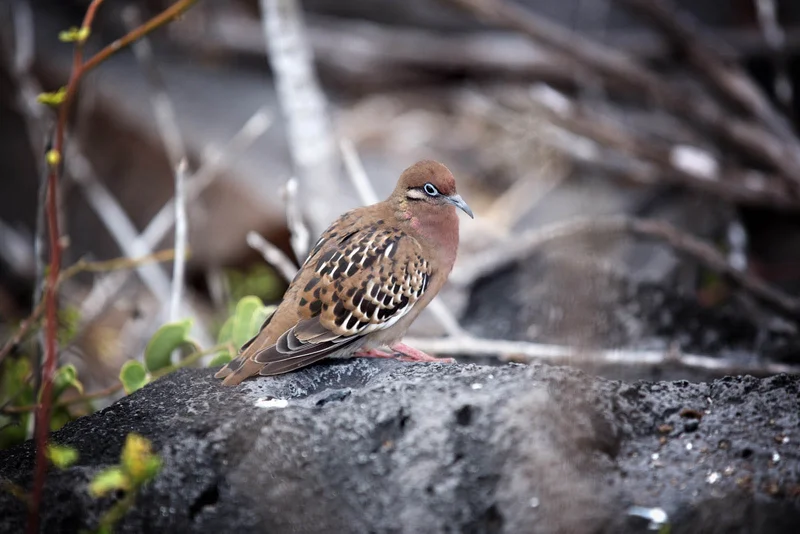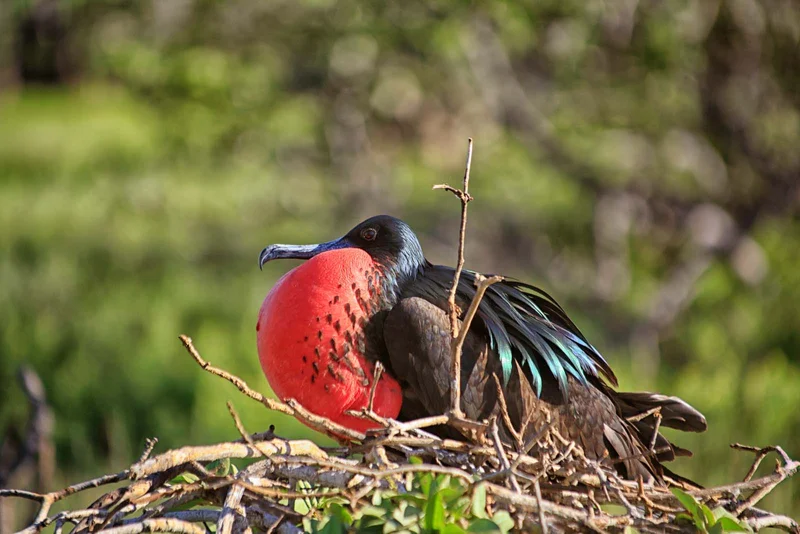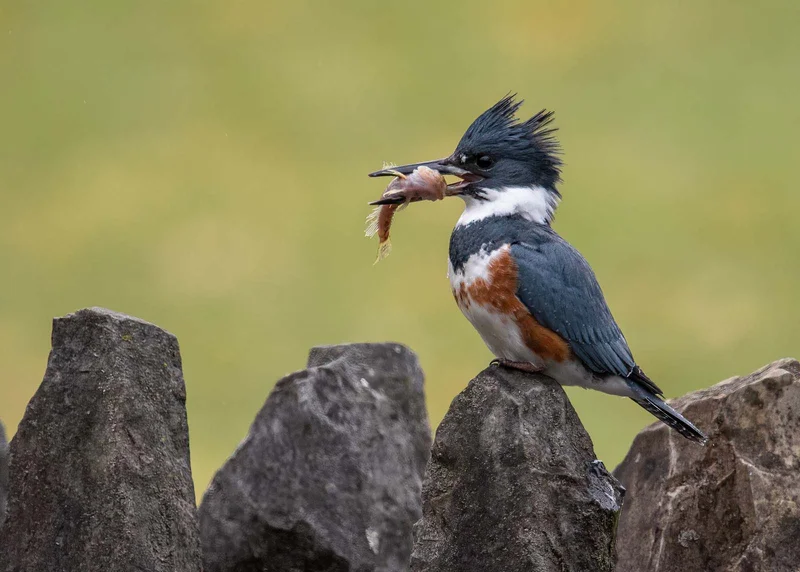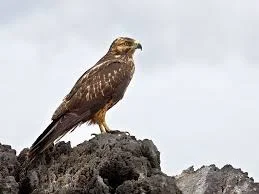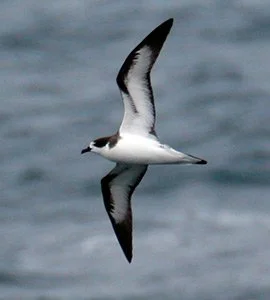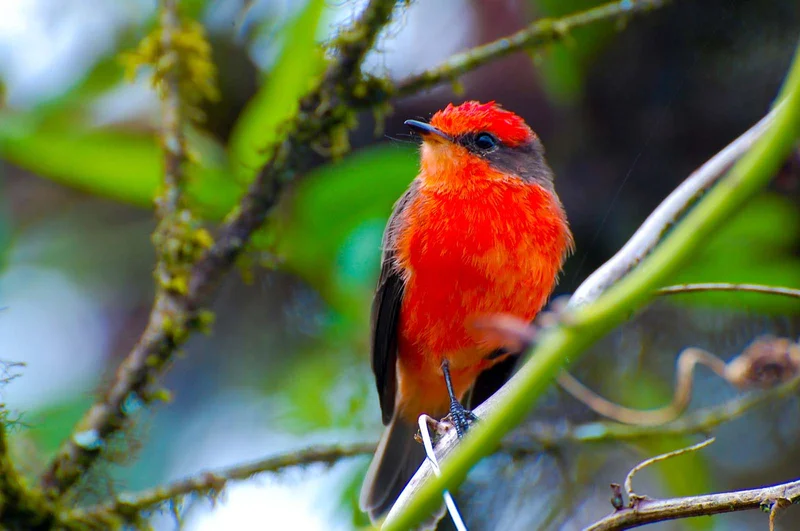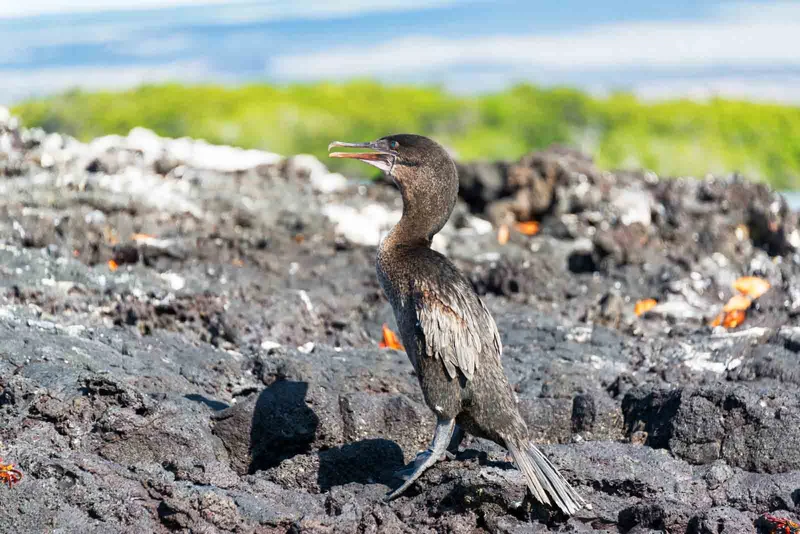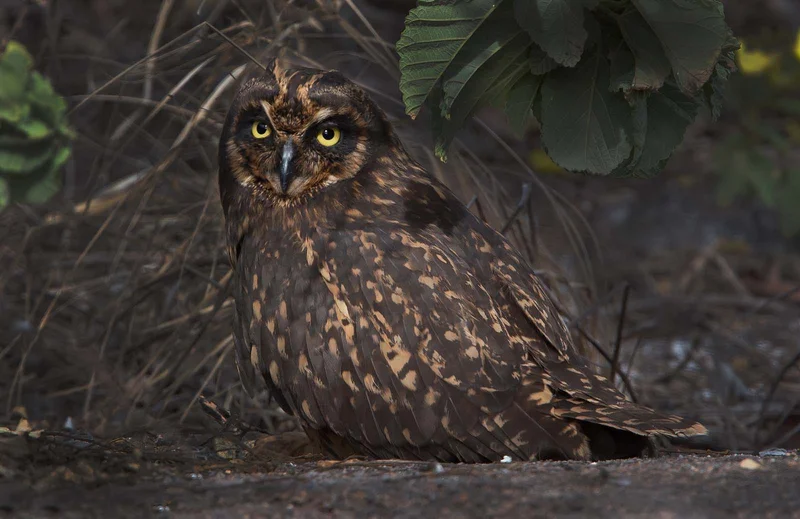Essential Information on the Galapagos Barn Owl
The second owl species found in the Galápagos is the Barn Owl. Larger than the Short-Eared Owl, this bird is easily identifiable by its unique heart-shaped facial disc, which enhances its hearing by focusing sound waves towards its ears.
Primarily nocturnal, the Barn Owl uses its exceptional hearing to detect and hunt prey in the dark. Its diet mainly consists of rats, mice, small birds, and larger insects.
Throughout the year, Barn Owls can be seen nesting in various places such as holes, lava tubes, and other volcanic formations. They prefer arid and transitional zones of the islands for nesting. These owls mate for life and typically lay three eggs, which they incubate for about 30 days.
While the exact population of Barn Owls is unknown, they face threats from habitat loss and invasive species like cats and goats. To aid in their conservation, scientists are monitoring Barn Owls on major islands, including Santa Cruz, San Cristobal, Isabela, and Floreana.
If you want to spot Barn Owls during their active evenings, your naturalist guide can assist you. Our Galápagos cruises offer various itineraries, so reach out to one of our travel advisers to find the best option for a Barn Owl encounter.
